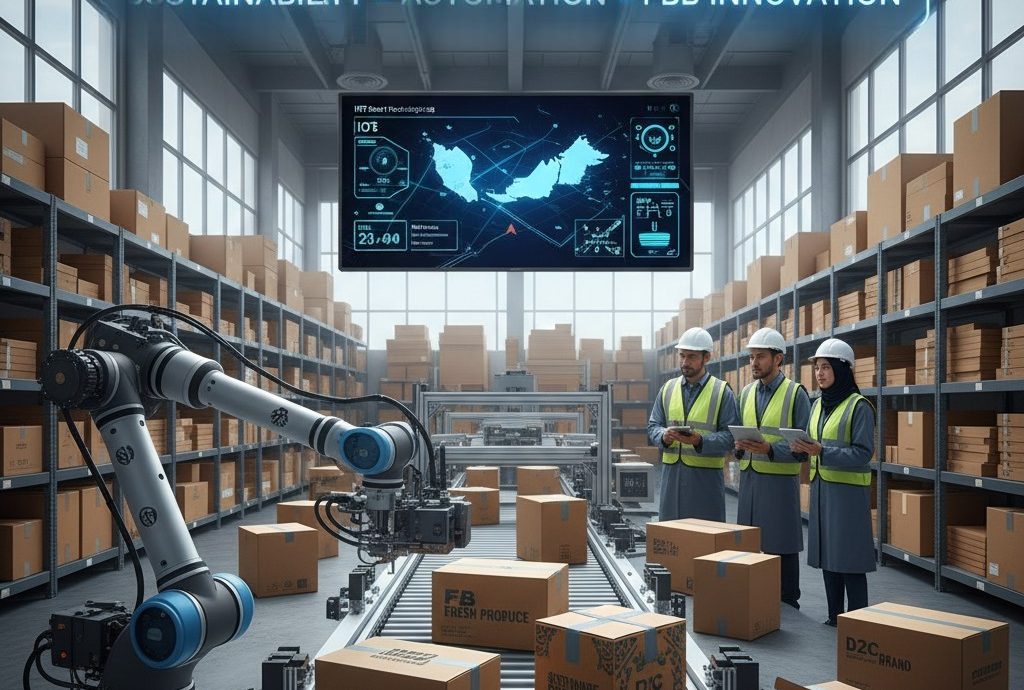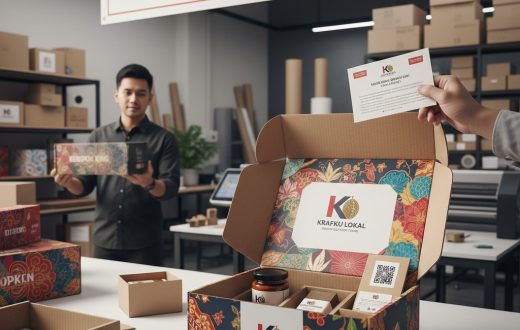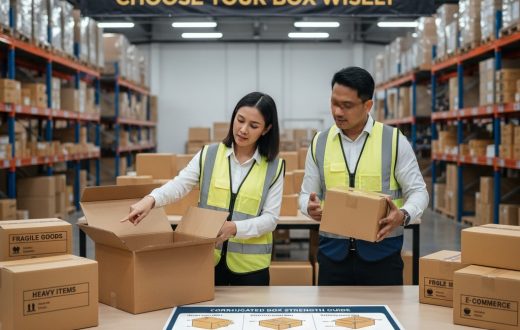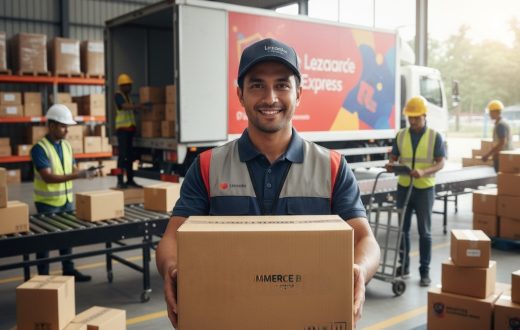Malaysia’s Packaging Future: Top Corrugated Box Trends for 2024/2025
The corrugated packaging sector in Malaysia is far from static. It’s a responsive industry, continually adapting to shifts in consumer behaviour, technological advancements, and economic pressures. For businesses aiming to thrive in 2024/2025, understanding these evolving trends is key to optimizing supply chains, enhancing brand appeal, and meeting market demands.
Here are the top corrugated packaging trends shaping Malaysia’s business landscape:
The Unstoppable March of Sustainability (Beyond Just Recyclability)
While sustainability has been a buzzword, it’s now a core operational imperative. For corrugated packaging in Malaysia, this means:
Focus on the “Reduce” and “Reuse”: Beyond just being recyclable, businesses are actively looking for ways to use less material (lightweighting), optimize box sizes to reduce void fill, and even explore reusable corrugated solutions for closed-loop supply chains.
Biodegradable Coatings & Inks: Demand for fully compostable barriers and eco-friendly printing inks is rising, driven by industries like F&B that require moisture or grease resistance without compromising biodegradability.
Traceability and Certification: Consumers and regulators increasingly want to know the origin of materials. Certifications like FSC (Forest Stewardship Council) are gaining traction, assuring responsible sourcing of paper fiber.
Local Sourcing: Reducing the carbon footprint associated with transportation by sourcing corrugated materials from Malaysian or regional suppliers.
Automation and Smart Packaging Solutions
The push for efficiency and cost reduction is driving automation in packaging processes, from manufacturing to fulfillment.
Automated Packing Lines: Corrugated boxes designed for easy assembly and compatibility with automated packing machines are becoming standard, especially in large-scale manufacturing and e-commerce fulfillment centers.
IoT (Internet of Things) Integration: While still emerging, “smart packaging” could see corrugated boxes with embedded sensors or QR codes providing real-time data on temperature, humidity, location, or even product authenticity, particularly for high-value goods or sensitive F&B items.
Predictive Analytics for Inventory: Leveraging data to better forecast packaging needs, reducing waste and optimizing inventory levels for corrugated box suppliers and users.
The Booming Food & Beverage (F&B) Sector Demand
Malaysia’s F&B industry is a massive driver for corrugated packaging, and several sub-trends are intensifying this demand:
Ready-to-Eat & Prepared Meals: The growth of meal kit delivery services and convenience foods requires specialized corrugated solutions that can maintain product freshness and presentation during transit.
Cold Chain Packaging: Innovations in insulated corrugated boxes are crucial for transporting temperature-sensitive F&B products, ensuring food safety and quality across Malaysia’s diverse climate zones.
Direct-to-Consumer (D2C) F&B: Local artisanal producers and cloud kitchens are increasingly relying on custom-printed corrugated mailer boxes to deliver their products directly to consumers with strong branding.
Sustainable Food Packaging: Replacing plastic containers with corrugated alternatives for fresh produce, baked goods, and even take-away boxes (with appropriate liners) is a significant shift.
Evolving Supply Chains and Raw Material Dynamics:
Global events continue to highlight the fragility of supply chains, impacting the corrugated industry in Malaysia.
Raw Material Volatility: Fluctuations in the price and availability of pulp and recycled paper fiber (kraft paper) can affect the cost of corrugated boxes. Businesses need to factor this into their procurement strategies.
Reshoring/Nearshoring: A trend towards shortening supply chains, encouraging local corrugated board production and conversion to reduce lead times and shipping costs.
Demand for Customization: As highlighted in our previous post, the need for bespoke sizes, custom inserts, and high-quality printing continues to grow, requiring flexible manufacturing capabilities from corrugated suppliers.
Staying Ahead in Malaysia’s Packaging Landscape
For Malaysian businesses, staying informed about these trends is not just about compliance; it’s about competitive advantage. Embracing sustainable practices, leveraging automation, catering to sector-specific demands like F&B, and adapting to supply chain dynamics will be crucial for effective packaging strategies in 2024/2025 and beyond. Partnering with a forward-thinking corrugated packaging supplier will be key to navigating these exciting changes successfully.







